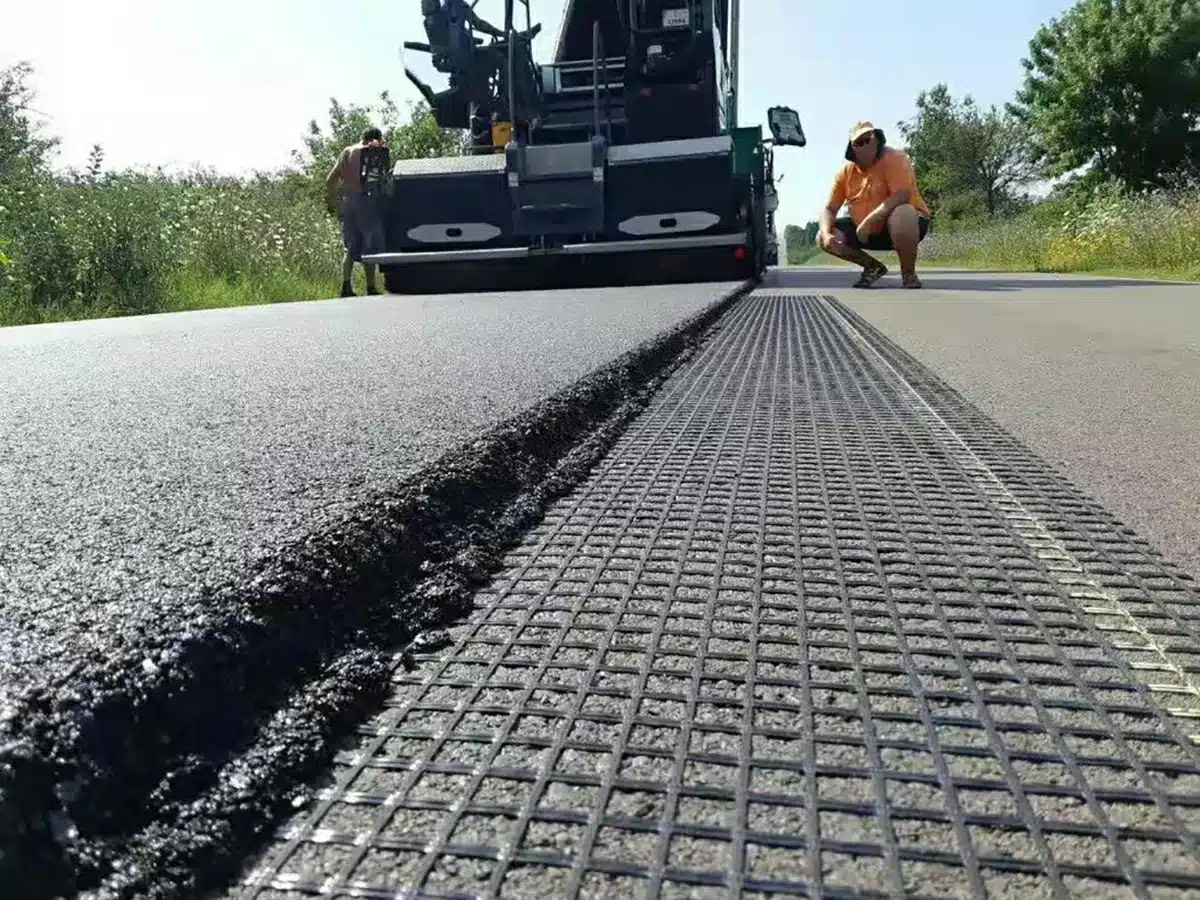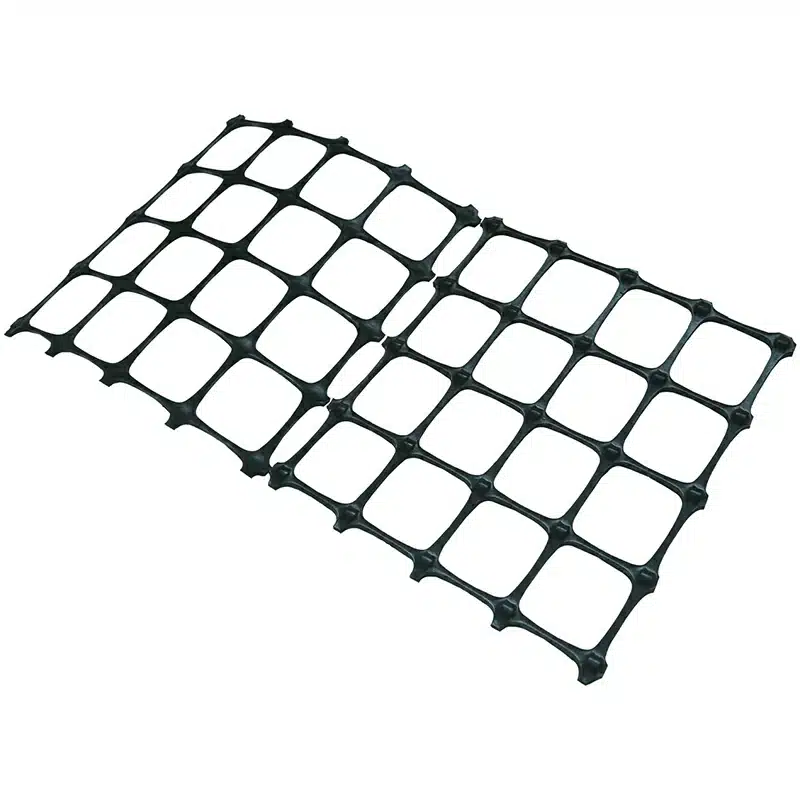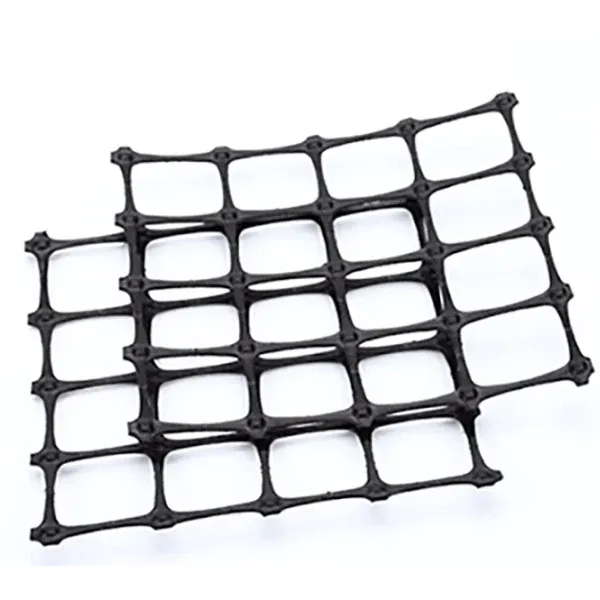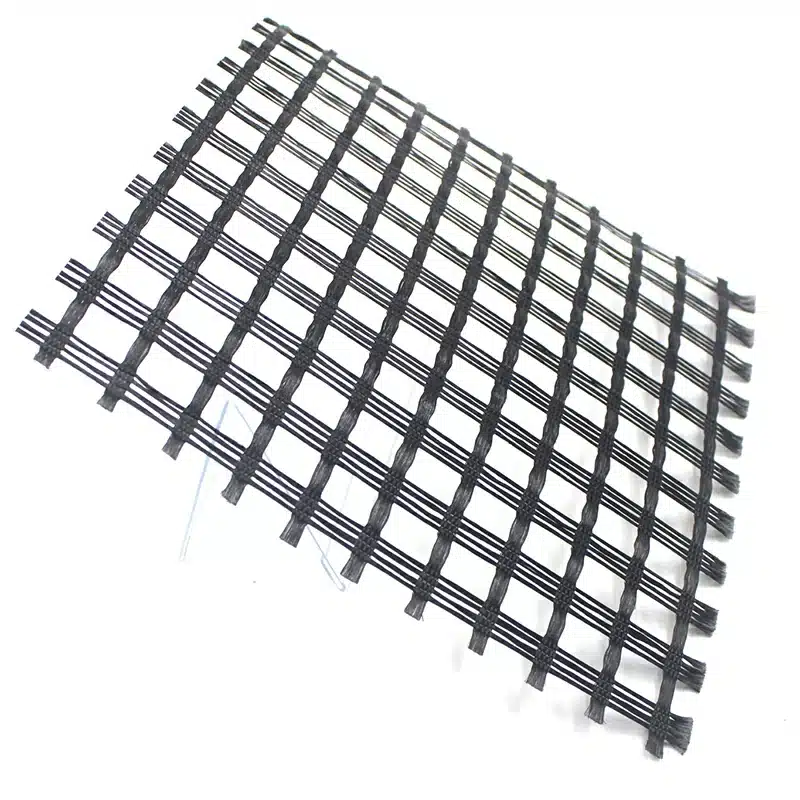+86-159 9860 6917
info@geofantex.com
geofantex@gmail.com
+86-400-8266163-44899
Before delving into the various advantages of triaxial geogrids, it’s essential to understand some of their physical characteristics. The unique pattern of the triaxial grid is central to its many benefits.
Types of Geogrids
Geogrids are generally classified into three categories:
- Uniaxial (UX)
- Biaxial (BX)
- Triaxial (TX)
Uniaxial and biaxial grids have ribs running in only two directions, creating a more traditional grid pattern. In contrast, triaxial grids feature ribs running in three directions: one set along the length, another along the width, and a third set diagonally. This distinctive pattern, combined with the use of dense polymeric material, significantly enhances the performance of triaxial grids.

Strength of the Triangular Pattern
Triangles are historically recognized as one of the strongest shapes in construction. This principle is evident in triaxial geogrids, where the triangular apertures contribute to a high bearing capacity, making them ideal for road construction.
High Tensile Strength
The triaxial grid pattern inherently provides high tensile strength. The overlapping ribs in three directions allow these geogrids to withstand substantial tension. The manufacturing process, where a solid polymeric sheet is punched to form triangular apertures, further reinforces their strength. Unlike woven grids, triaxial geogrids, formed from a single sheet, offer superior durability.
Evaluating Geogrid Reliability: Junction Integrity
Junction integrity, defined by ultimate junction strength, is a critical measure of a triaxial geogrid’s reliability. The ultimate junction strength is the maximum force a junction can withstand before breaking. Triaxial geogrids excel in this aspect due to:
- Thicker junctions are created by ribs crossing in three directions
- The dense polymeric material used in each rib
These features ensure that triaxial geogrid junctions remain intact over extended periods.
Applications in Both Paved and Unpaved Roads
Triaxial geogrids are versatile, and effective for both paved and unpaved roads. In paved roads, they can potentially reduce the amount of pavement required. For unpaved roads, often composed of gravel, sand, or crushed stone, triaxial geogrids help extend the road’s lifespan by mitigating material breakdown.
Future Prospects of Triaxial Geogrids
The numerous advantages of triaxial geogrids position them as an advanced material in construction. Their superior performance suggests that triaxial grids could become the preferred choice in the future. Early adoption of this state-of-the-art technology can lead to significant cost savings and extended project lifespans.
Triaxial geogrids, with their unique pattern and robust construction, offer significant benefits for various construction projects. Their high tensile strength, excellent junction integrity, and versatility in application make them a valuable addition to modern construction practices. Embracing triaxial geogrids can provide both immediate and long-term advantages in the field.



Get Free Sample
We’ll respond as soon as possible(within 12 hours)






















